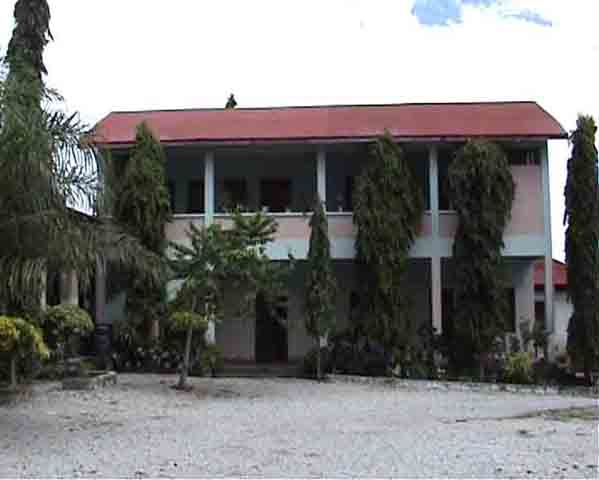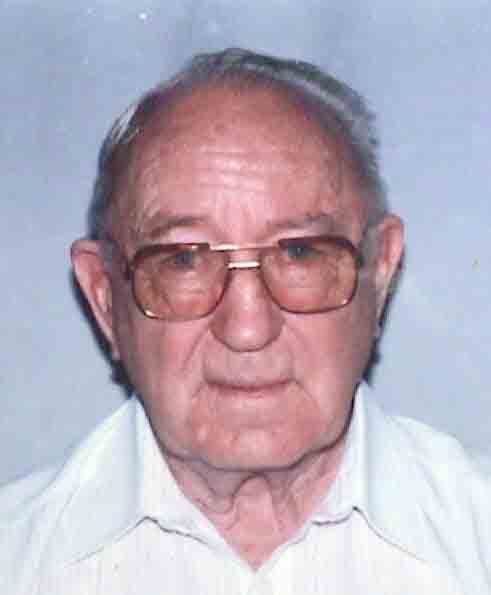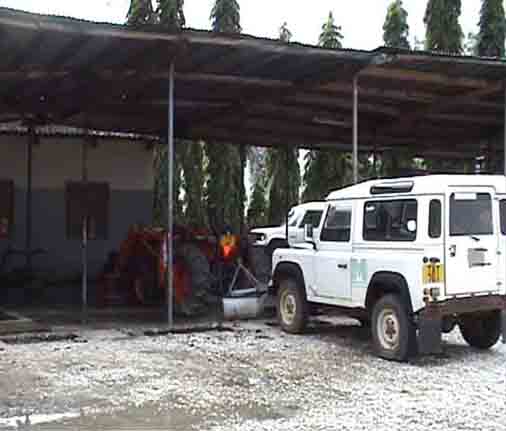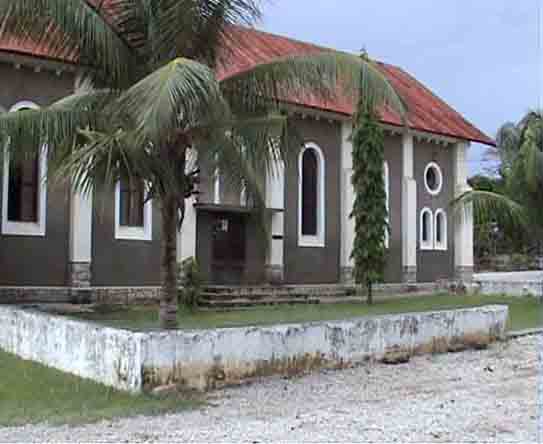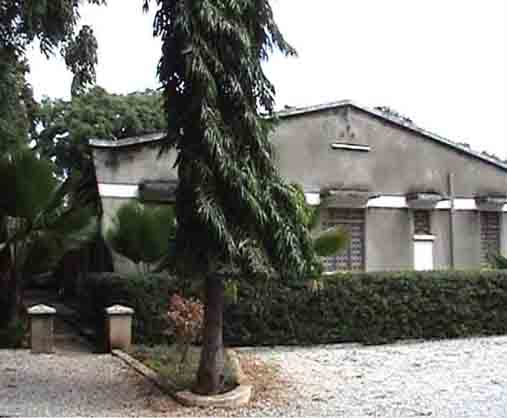a). From Kilimanjaro to Tanga
On April 18, 1950, the Propaganda Fidei created the Prefecture of Tanga. Rev. Fr. Eugen Arthurs, I. C. was named on June 9, 1950 to be the prefect of new Prefecture which had proceeded from the Vicariate of Kilimanjaro. The geographical boundaries of the new prefecture featured the political boundaries of Tanga Region. As a prefect, Fr. Eugen Arthurs had the full authority from the Vatican to lead this prefecture as a bishop (with no bishop ordination) in its preparation to be a full diocese down the road. By that time the prefecture of Tanga had only ten priests and three brothers. These priests were Jim Connolly, I.C., Ted Cronin, I.C., Walter Dick, I. C., Michael Egan, I.C., Benedict Forsyth, I.C., Francis Kennedy, I.C. Daniel McCaul, I.C., James Murphy, I.C., Arthur Rafferty, I. C. and Edmund Spillane, I.C. The brothers were Ned Oman, I. C., Jim Marriot, I.C, and Maurice Reen, I.C. who was later ordained a priest.
b). Some Difficulties with Work of Evangelization
i). Moslem Faith and Middle East Culture: These missionaries worked very hard in this region. The population mostly occupied the region had deep roots in Moslem religion and Middle Eastern culture. It was not easy for these missionaries to penetrate in many areas with deep Moslem religion. In some areas, they experienced hostile conditions. Despite this unfavorable condition, these early missionaries kept on going with the work of evangelization.
ii). Poor communication infrastructures: Another barrier to the work of early missionaries was lack of established communication infrastructure in the region. In many places, these early missionaries had to walk long distances to reach various places to evangelize. In other places they had to use horses or donkeys since there were no roads for cars. Many places were not easily reachable neither by cars nor by horses or donkeys but only by walking. In some cases they had to walk the whole day to administer the Sacrament of the Sick to a Catholic patient(s) in remote place(s). By the time they arrived to the patient's home, a patient might have died and already been buried. The priest would end up bless the body or the grave.
iii). Indigenous Culture and languages: Another challenge these early missionaries faced was learning indigenous cultures and languages. In those days there was no single local language for all Tanzanians as is the case with Kiswahili in the post-independent Tanzania. Indigenous in pre-colonial, colonial, and pre-independent Tanzania lived in tribal communities which were very closed and enclosed. Each tribal community had its own territory, language. and culture which were completely different from another tribal community. The early missionaries had to be conversant in those local tribal languages and cultures in order to effectively evangelize. In Tanga Region there were more that ten tribal communities: The Digo tribe lived in the coastal areas. The Bondei tribe lived in Muheza area. The Sambaa tribe spread in the Usambara Mountains. The Pare and Mbugu tribes could be found, in parts of western Usambara. The Zigua tribe was mostly found in Handeni and in the lower territory of Korogwe
District.
These missionaries had to learn all these specific cultures in order to build rapport with the local people. They also had to learn the Kiswahili and Arabic culture as well as the basics of the Moslem faith to be able understand and communicate to more than 90 percent of people throughout the region who had this influence. More than these these indigeneous tribes in Tanga Region, there were many other tribes who came into Tanga Region as migrant workers in sisal and tea plantations. These tribes came from the southern and western regions of Tanzania and since they lived in ghetos, they continued to maintain their native languages and cultures. These tribes were, The Nyarwanda from Rwanda, the Rundi from Burundi, the Ha from Kigoma, the Makonde from Mtwara and Mozambique, the Ngoni and the Matengo from Ruvuma and the Bena from Njombe.
iv). Shortage of Financial and Personnel resources: The small numbers of priests, lack of financial support, and difficult in communication with their homelands challenged these missionaries to establish new parishes. The early missionaries had to depend very much on the generosity of their home families and friends to support them financially to keep their work on motion.
e). The End of Tanga Prefecture
When early Rosminian Fathers arrived in Tanga in 1948 they inherited four parishes from the Holy Ghost Fathers. Those parishes were St. Anthony Parish in Tanga, Gare Parish in Lushoto, Mlingano Parish in Muheza, and Kilole Parish in Korogwe. By the time when Tanga was elevated from the prefecture into the diocese in 1958, the Rosminian missionaries had added six more parishes. Those parishes were Lushoto and Kwediboma created in 1950. Mazinde Ngua Parish was created in 1951. Potwe and Rangi parishes were created in 1953 and St. Theresa Parish in southern Tanga came in existence in 1959. Creation of the new parishes was only possible when the first ten Rosminian missionarieswere able to get some more new missionary priests joining them.
1.PHASE ONE: 16TH CENTURY - 1947
THE EARLY YEARS OF EVANGELIZATION IN TANGA
3. PHASE THREE: 1959 - 1969
DIOCESE OF TANGA: MOST REV. BISHOP EUGENE ARTHURS, I.C.
4. PHASE FOUR: 1970 - PRESENT
NATIVE LEADERSHIP: BISHOPS KOMBA, MKUDE, & BANZI
|
|

